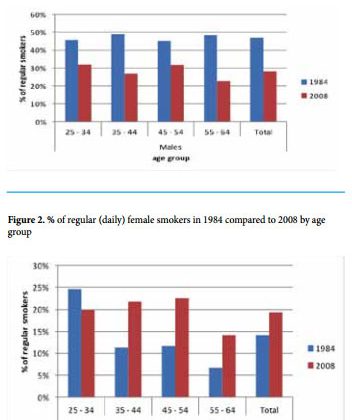German Measles – Why German ?
G erman measles is also known as rubella, which is derived from Latin, meaning ‘little red.’
Rubella was initially considered to be a variant of measles or scarlet fever and was called ‘3rd disease’. It was not until 1814 that it was first described as a separate disease in the German medical literature, hence the common name ‘German measles’. The virus is an enveloped, positive-stranded RNA virus classified as a Rubivirus in the Togaviridae family.
In 1914, the American physician Alfred Fabian Hess postulated a viral etiology for German measles based on his work with monkeys. The Japanese scientists S. Tasaka and Y. Hiro in 1938 confirmed the viral etiology by passing the disease to children using filtered nasal washings from persons with acute cases.
Following a widespread epidemic of rubella infection in 1940, Norman Gregg, an Australian ophthalmologist, reported in 1941 the occurrence of congenital cataracts among 78 infants born following maternal rubella infection in early pregnancy. This was the first published recognition of congenital rubella syndrome (CRS). Rubella virus was first isolated in 1962 by Parkman and Weller. The first rubella vaccines were licensed in 1969.
Rubella became notifiable under Maltese law in 1978, and legal provisions for the vaccination of girls between 10 and 13 years of age were mandated in 1989. Although CRS became notifiable in Malta in August 1990, only two cases were notified to the Department of Public Health till 1996.
Bibliography
Centers for Disease Control and Prevention. Epidemiology and Prevention of Vaccine-Preventable Diseases. Hamborsky J, Kroger A, Wolfe S, eds. 13th ed. Washington. Public Health Foundation. 2015. Falzon D, Muscat M, Busuttil R, Portelli A. A study of seroprevalence of rubella IgG in Maltese adolescents. MMJ 1998;10(1):19-21.


